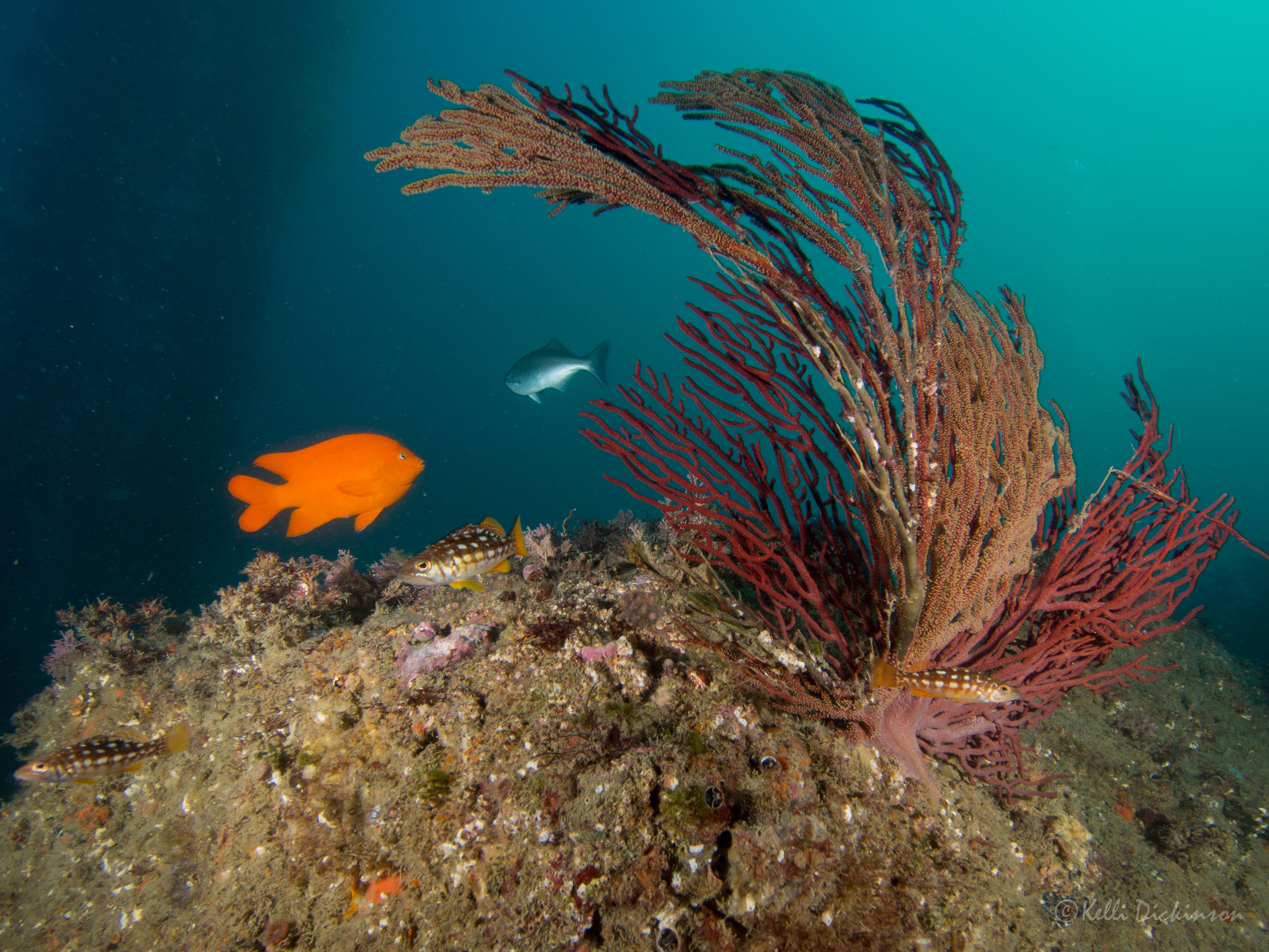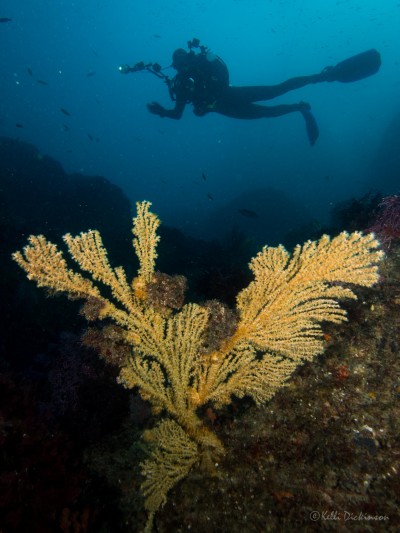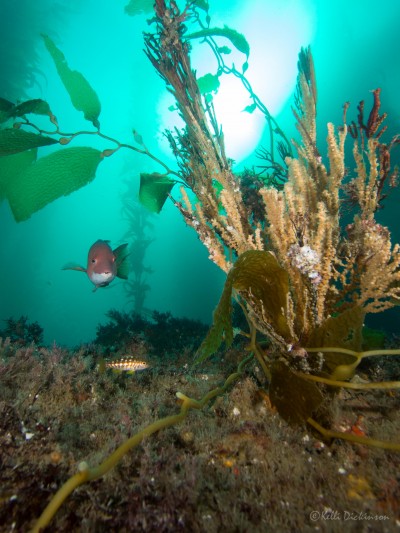Olympus 9-18mm Lens – Quick Look
Dec 10
At the end of November, I got to test out the Olympus 9-18mm micro four-thirds lens. This is one of several lens options for micro four-thirds users looking for a good wide angle lens choice. Other options include the Panasonic 7-14mm and the Panasonic 8mm Fisheye. Here’s a couple sample images as well as my initial thoughts on this lens.
Overall it works great. Having the wide angle with zoom capability is great compared to the 8mm fisheye with no zoom capability. This lens gives you a little more flexibility, especially when shooting animals that you can’t get close to. However, the 9-18 just doesn’t compare with the 8mm fisheye in terms of dramatic scenes. The 9-18mm is a rectilinear lens, meaning that you don’t get any distortion – bending of straight lines – like you do with the fisheye lens. However, that also means that the angle of view is limited to standard focal length proportions, so at 9mm you get approximately 100 degrees and when zoomed into 18mm it drops to around 60 degrees. This is still fabulous, and for most wide angle shots will work great, but it just doesn’t portray the depth that the 180 degree field of view of the 8mm fisheye creates. While I have not had a chance to test it yet, the 7-14 gives an extra 10 degrees field of view and has the same minimum focus distance as the 9-18, making it a little better choice for wide angle, but it is also about twice as expensive of a lens.

Dive with Gorgonian, Olympus 9-18mm Lens @ 9mm
Focus speed is good, on par with any other M4/3rd’s lens, and I noticed no hunting, making for quick and easy use.
What I found to be the largest downside was the focus distance. The 9-18mm focuses only down to .25m, about 9.8in where as the 8mm fisheye has a focus distance of .1m or about 3.9in. This means you can’t get right up on the dome port with the 9-18mm like you can with the 8mm fisheye for close focus wide angle. One thing I love about the 8mm is getting in super close, but still being able to see the full background of the scene.

Sheephead in Kelp, Olympus 9-18mm @ 9mm
I did notice that there was some blurring in the corners with the 9-18mm which I do not see on the 8mm fisheye. This seemed to happen mostly with the lower apertures over the higher ones. Nothing that i found too distracting, but it is noticeable.
My final thoughts on this lens is that it is a great option for those dives when you are shooting animals or other subjects that you cannot get right up close to, but for reef scenes and general wide angle the 8mm fisheye still gets my vote. Having the flexibility of the 9-18mm is wonderful, but doesn’t trump the 180 degree field of view of the 8mm fisheye.





Related Articles
Popular Articles